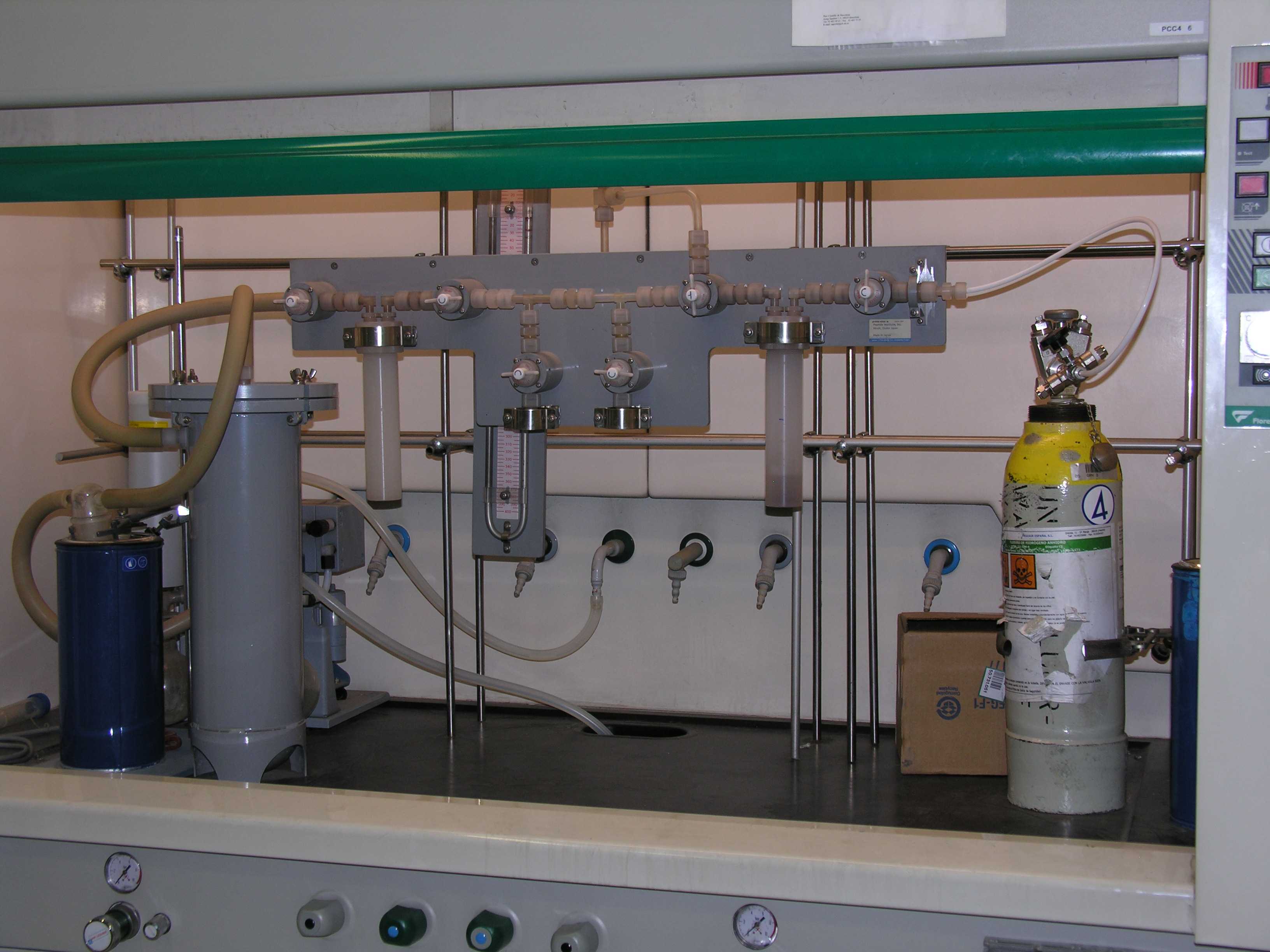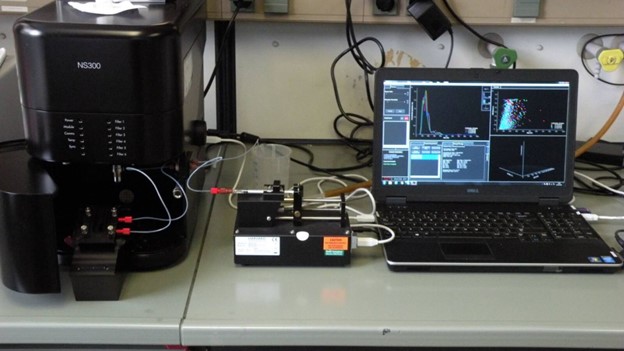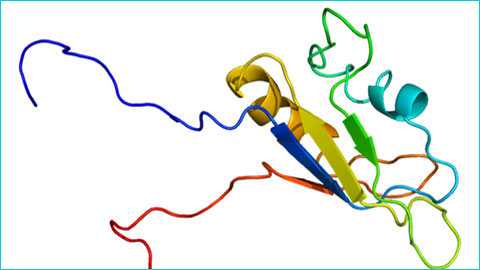U3-S02. Modification of the peptides (On-site&Remote) OUTSTANDING
Modification of the peptides during and post synthesis to meet user requirements:
- Binding to fluorophores and other types of molecules.
- Conjugation to KLH protein or other carriers for immunization.









